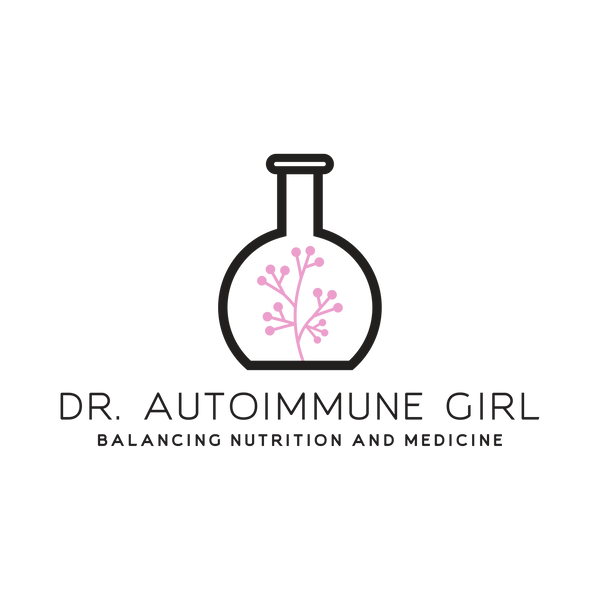We talked earlier about the effects of soy as an estrogen-like compound on our bodies, but I didn’t really get into the complexity of this hormone.
Did you know that estrogen needs to be detoxified in our body through the same phase 1 pathway as drugs, toxins, and various food substances we ingest?
Our body really only needs a very small amount of estrogen in the body to function and communicate with other hormones. As a result, the body views estrogen as a potentially dangerous toxin and needs to get rid of it, in excess.
Estrogen is metabolized through three reactions.
- Liver enzyme, 1A1 which takes Estrogen —> E2 (2-OH)
- Liver enzyme, 1B1 which takes Estrogen —>E4 (4-OH)
- Liver enzyme, 2C which takes Estrogen —>E16 (16-OH)
This is complex so I’m going to do my best to simplify.
But I needed you to know the root of this so you can understand the rest….. So let’s put this together.
These three molecules have the same dangerous potential as any other phase I detoxification by-products. They must, therefore, be rapidly detoxified using a number of phase II pathways. Because of the large number of P450 SNPs (single nucleotide polymorphisms), there is great variation in the human population. The differences in our body’s ability to detoxify in different proportions of 2E, 4E, and 16E have shown to potentially predict the risk of different estrogen-related diseases, such as breast cancer.
As we’ve discussed before, different environmental factors have an impact on our liver enzymes and their ability to detoxify. For example, we recently talked about Brassica vegetables and indol-3-carbinol (I3C). This compound I3C found in these vegetables actually boosts liver enzyme 1A1 to breakdown estrogen to the 2E metabolite. On a different note, enzyme 1B1 that breaks estrogen to 4E metabolites can be boosted or slowed down. Chemicals in cigarette smoke can actually slow this down which would cause higher levels of estrogen in the body. Ginseng is an herb that has also been shown to slow down the ability to break down estrogen. Lastly, the 2C enzyme actually converts to the strongest bi-product 16E, and various drugs have an impact on this pathway.
So, you guys should understand detox goes through 2 pathways, phase 1 and phase 2. We have described all the phase 1 metabolites that are formed, 2E, 4E, and 16E, but we still need to get rid of these so they don’t affect our hormones. That‘s done by Phase 2….
There are a lot of toxins that have been identified as “endocrine disrupters” that impact the body’s ability to do this. These toxins can cause higher ratios of 4E and 16E to be floating around our bodies. Why do we care? Well, 4E is DNA damaging and 16E is a stronger metabolite with estrogen properties than estrogen itself.
You’re probably questioning, what types of toxins do this?
To start, pesticides have been found to significantly increase the ratio of 16E to 2E. Additionally, flame retardants like Tetrabromobisphenol (BFR), act as endocrine disruptors due to estrogen-like properties. Investigators suggest that the ratio of 16E to 2E may provide a marker for analyzing breast cancer risk and for generating preventive nutritional strategies and interventions.
Due to structural similarities to Estradiol (E2), phytoestrogens found in soy bind to E2 receptors and can act as endocrine disruptors and produce adverse health effects.
Some of these enzymes detoxify estrogen at the 2 position, and others act at the 16 position. There is thought that environmental chemicals we ingest change the way our liver communicates with our body resulting in estrogen to be “detoxified” at the 16 position – which is the most harmful form.
This could explain why postmenopausal women with the highest circulating estradiol (E2) levels have the greatest frequency of breast cancer- although this isn’t conclusive.
Remember that very small amounts of estrogen appear to have large effects and that estrogen is viewed by the body as a toxin.
From what we understand about detoxification in our body, it is important to not only keep our liver healthy so that we can metabolize the excess estrogen initially but to eat and continue to replenish our necessary cofactors for phase 2 detox with plant-based foods!
